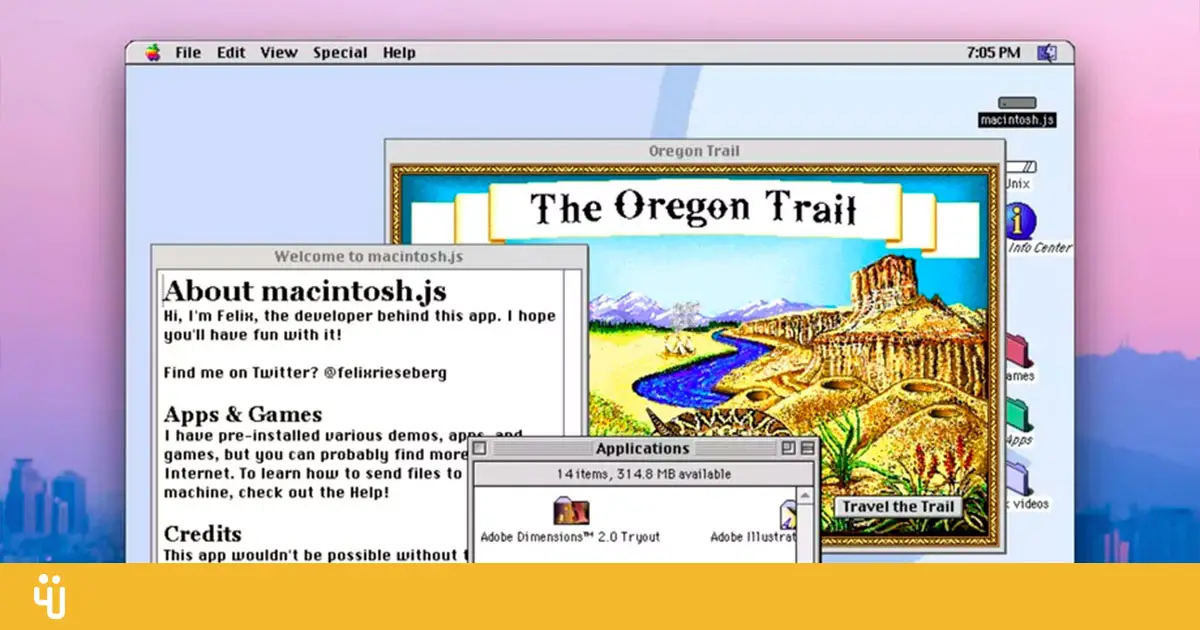
- #CAN WE INSTALL LINUX ON MAC INSTALL#
- #CAN WE INSTALL LINUX ON MAC UPDATE#
- #CAN WE INSTALL LINUX ON MAC LICENSE#
- #CAN WE INSTALL LINUX ON MAC DOWNLOAD#
- #CAN WE INSTALL LINUX ON MAC MAC#
After selecting the file, “Install Now”.ġ9. Browse to the file we downloaded in step 14 which is the DSM operating system.
#CAN WE INSTALL LINUX ON MAC LICENSE#
Accept the End User License Agreement and select “Set Up”.ġ7.
#CAN WE INSTALL LINUX ON MAC MAC#
DHCP will give your DiskStation an IP address and you will be able to see the MAC address listed as we configured in step 11. Navigate to the website and wait for your device to be found. After the DSM version is downloaded and a few minutes have now passed, you should be able to find your Synology.
#CAN WE INSTALL LINUX ON MAC DOWNLOAD#
NOTE: Download the “.pat” file, not the “.pat.md5”.ġ5.
#CAN WE INSTALL LINUX ON MAC INSTALL#
If you would rather install an older version (6.2.1, 6.2.2), you can use this link to download the file. Click here to download DSM 6.2.3 for the DS918+ (the version of our bootloader). We must now download the DSM version that we will be installing. With all of these settings configured, you can now select “Begin installation”. You can also check off “Start virtual machine on host boot up” if you’d like this virtual machine to start when the operating system initially starts.ġ3. Under the “Boot Options”, change the Boot device to “SATA Disk 1”. The settings above are also VERY important, as you will be unable to find your “Synology” in later steps with an incorrect MAC address or NIC configuration.ġ2. NOTE: you MUST use a wired ethernet connection for this step. Under the “Device model”, change the setting to “e1000”. Under the “NIC” settings, change the “Network source” to “Host device macvtap”. You can realistically make this as large as you’d like, but I create a volume using this virtual disk and use the space for app installations.ġ1. Select “Add Hardware” in the bottom and add a new SATA drive that is 16GB. Under IDE Disk 1 (the default hard drive), change the “Disk bus” to “SATA” under the advanced options and apply.ġ0. First, change the CPU to “kvm64” and apply.ĩ. When customizing the virtual machine before installation, there are a few very important changes that we need to make. At the final step, give your Virtual Machine a name, select “Customize configuration before install” and select “Finish”.Ĩ.

Specify the Memory (RAM) and CPUs you would like allocated to this virtual machine.ħ. I am not certain that these settings are mandatory, but I know that it works using these settings.Ħ. For OS type, select “Linux” and for the version, select “ALT Linux 2.4”. At the second step, select “Browse” and select the QCOW2 image file that we created in step three. In step one, select “Import existing disk image”.ĥ. After the image has been created, create a new Virtual Machine in Virtual Machine Manager. qemu-img convert -f raw -O qcow2 synoboot.img syno-ds918-qcow2.imgĤ. This is the image file that we will import into the Virtual Machine Manager. When the file is in the folder of your choosing, navigate there and run the command below to convert the image into a QCOW2 image. For this tutorial, I will place it in my “Documents” folder.ģ. After the download is complete, extract the files and place the synoboot.img file in the location of your choosing. Download Jun’s Loader (v1.04b DS918+) from here.Ģ. Incremental updates are generally fine, but major version updates may require a new or updated bootloader.ġ.
#CAN WE INSTALL LINUX ON MAC UPDATE#

Xpenology has a great developer community, but there is no true “support”, and no guarantee that this operating system will be stable. It is suggested that you use this for testing purposes or you backup your important files regularly (which should be done regardless).

If it wasn’t, you might need to generate a new QCOW2 image file.


 0 kommentar(er)
0 kommentar(er)
